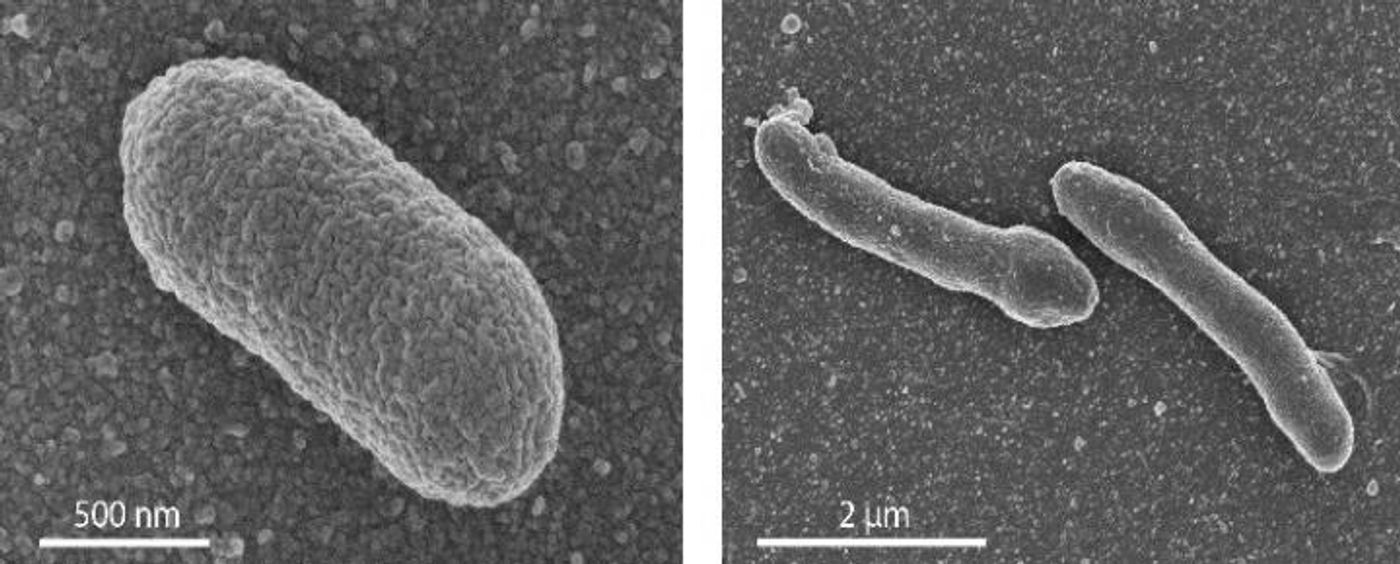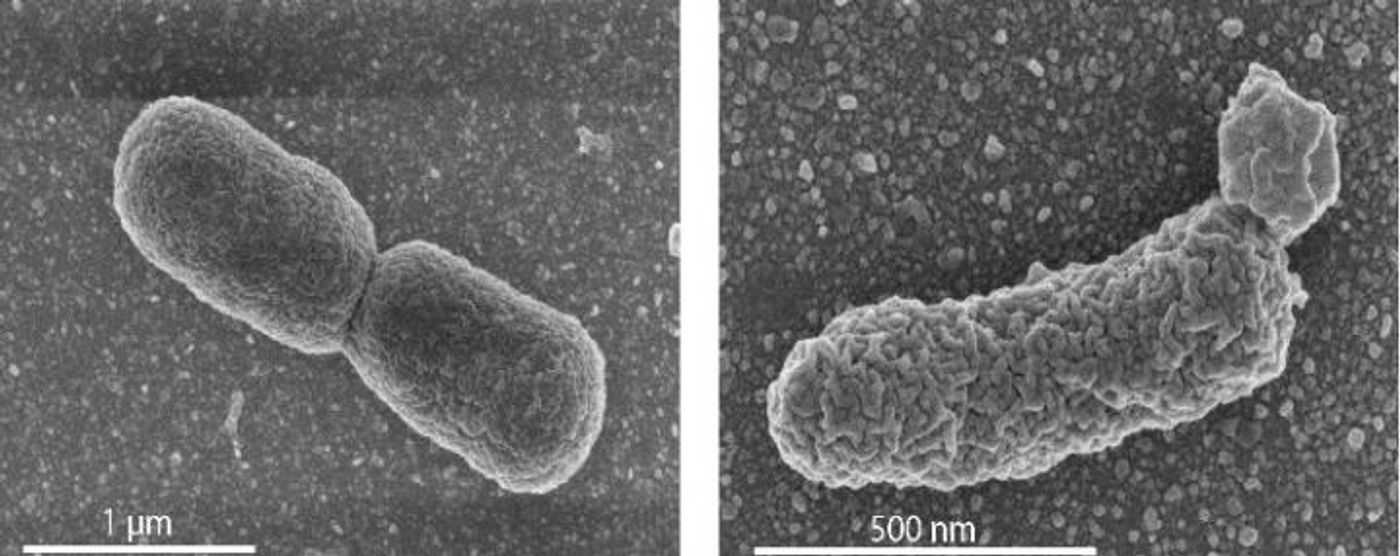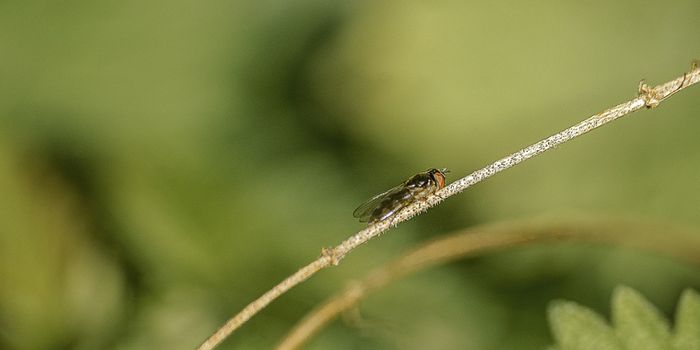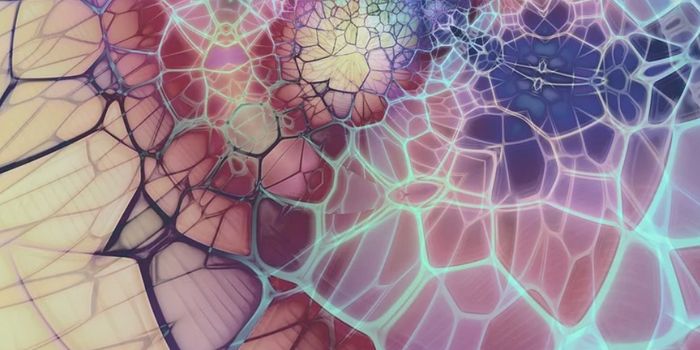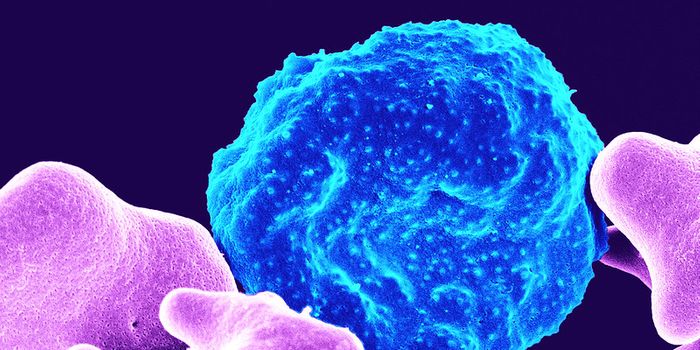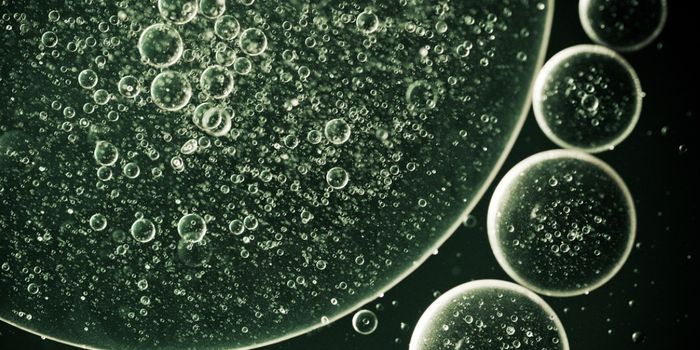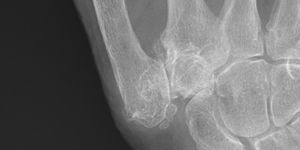New Kind of Life Form Provides Insight Into Evolution
Biology has divided life into three domains, Eukarya, Bacteria, and Archaea. The last two evolved from what is called LUCA, the Last Universal Common Ancestor. It's been suggested that a potential cause of that evolution is an instability in the mixture of lipids that were in the membrane surrounding the LUCA cell. Scientists engineered such a cell, which had a mixed membrane; they saw that this cell was stable, rendering the hypothesis incorrect. Their findings were reported in the Proceedings of the National Academy of Sciences (PNAS).
The initial cells might have formed in minerals, or potentially as lipid vesicles. If cells did start out as vesicles, a ‘lipid divide’ that created the separate domains of life would have happened. "The lipid membranes of both domains are different, composed of phospholipids that are each other's mirror image,” explained Arnold Driessen, University of Groningen Professor of Molecular Microbiology.
Before a lipid divide would have happened, the lipid cell membrane in LUCA would have been a mixture of the different chemistries in archaea and bacteria.
‘This mixed membrane would be less stable than a homogenous membrane of just one type of phospholipid, so eventually a split occurred, resulting in the two domains of Bacteria and Archaea,” said Driessen.
Testing the theory, the team created an organism that had just such a mixed membrane. “This has been tried before, but these experiments resulted in bacteria with only very small amounts (under one percent) of archaeal lipids.”
That percentage went up to 30 in the new research, through important breakthroughs made by the investigators. Their work was applied to a normal strain of E. coli bacteria, which is easier said than done, and they did not know what would happen. “And we didn't know if the end result would be a viable cell,” added Driessen.
They made a live cell after all, in which about 30 percent of the bacterial membrane, a compound called phosphatidylglycerol, was replaced with its archaeal equivalent, archaetidylglycerol.
“This bacterium grew at normal speed and was stable,” revealed Driessen. “So this result does not support the hypothesis that a mixed membrane is inherently instable and could thus have created the lipid divide.”
One caveat of the work, of course, is that they had to use modern E. coli to model their hypothesis. The appearance of those cells was altered by the change in lipid composition, noted the researchers. Also, the rate of growth slowed down, and appendages appeared on the cell membrane.
"The robustness of these mixed cells surprised us. We expected more problems keeping them alive. After all, what we have engineered does amount to a new life form,” said Driessen.
This work could help open up new avenues in research in evolution. “For example, we could engineer a bacterial expression system for archaeal membrane proteins, such as those produced by hyperthermophiles that grow at extremely high temperatures and pressure,” Driessen concluded.
Learn more about the domains of life from the video.
Sources: AAAS/Eurkealert! Via University of Groningen, PNAS
